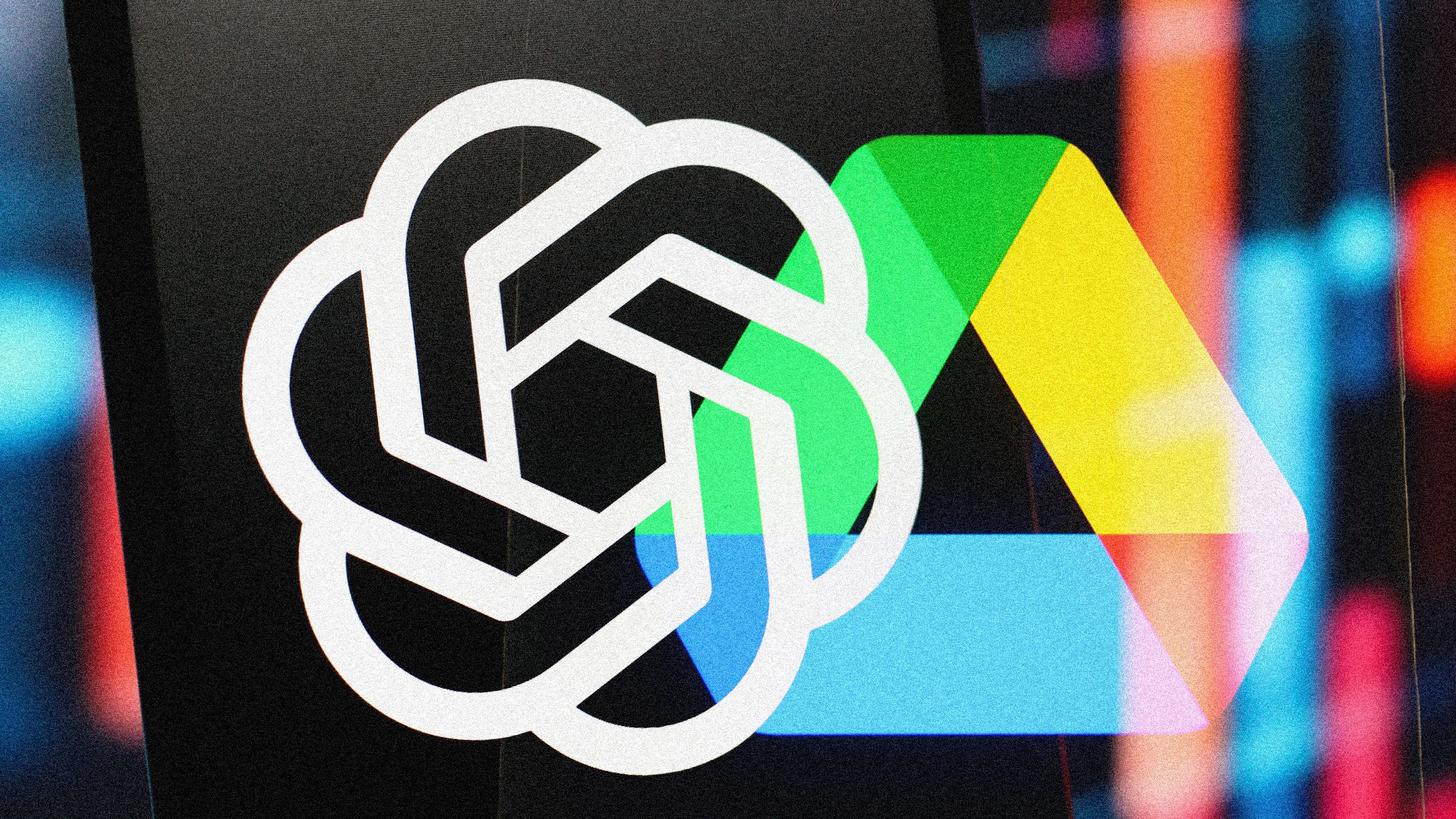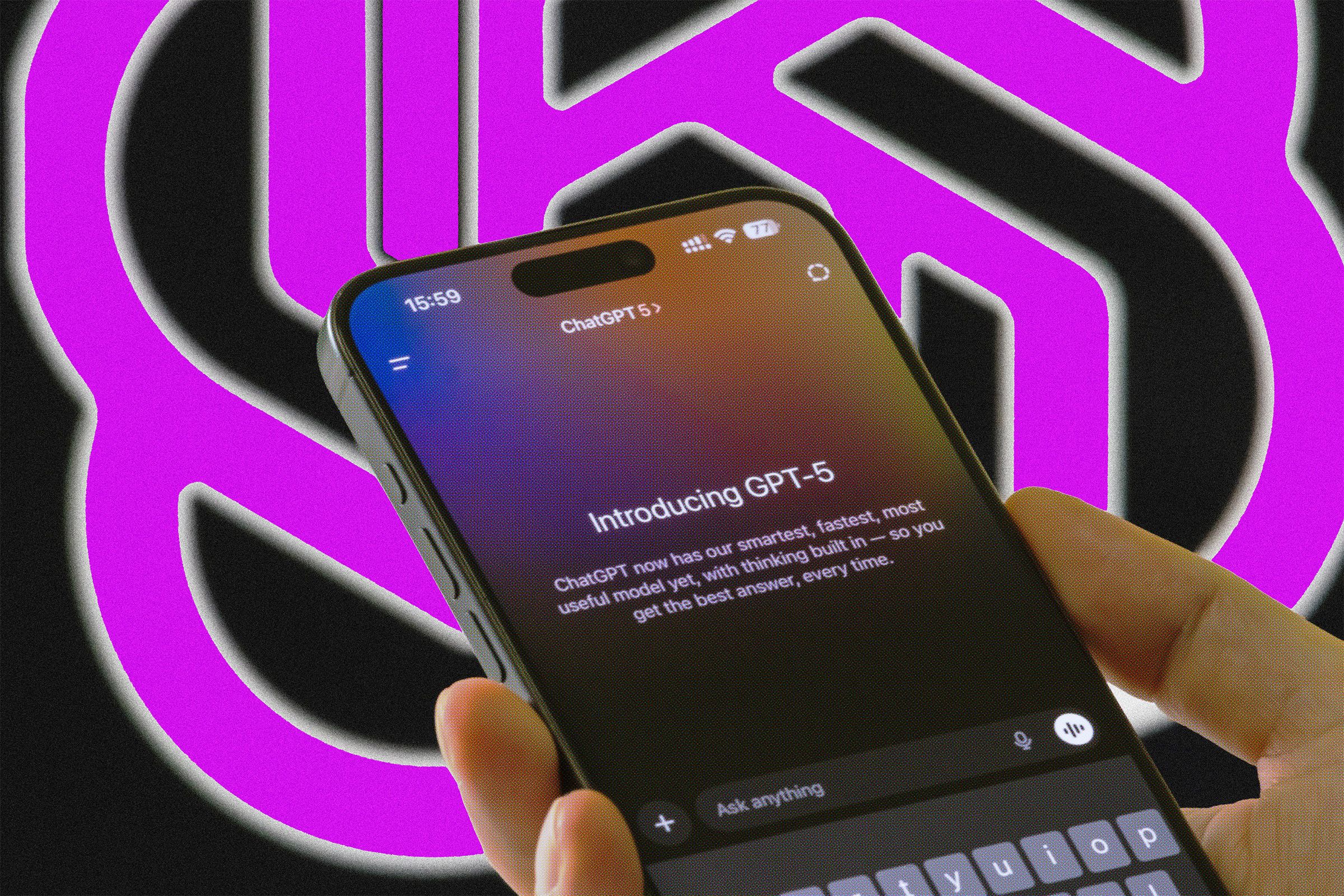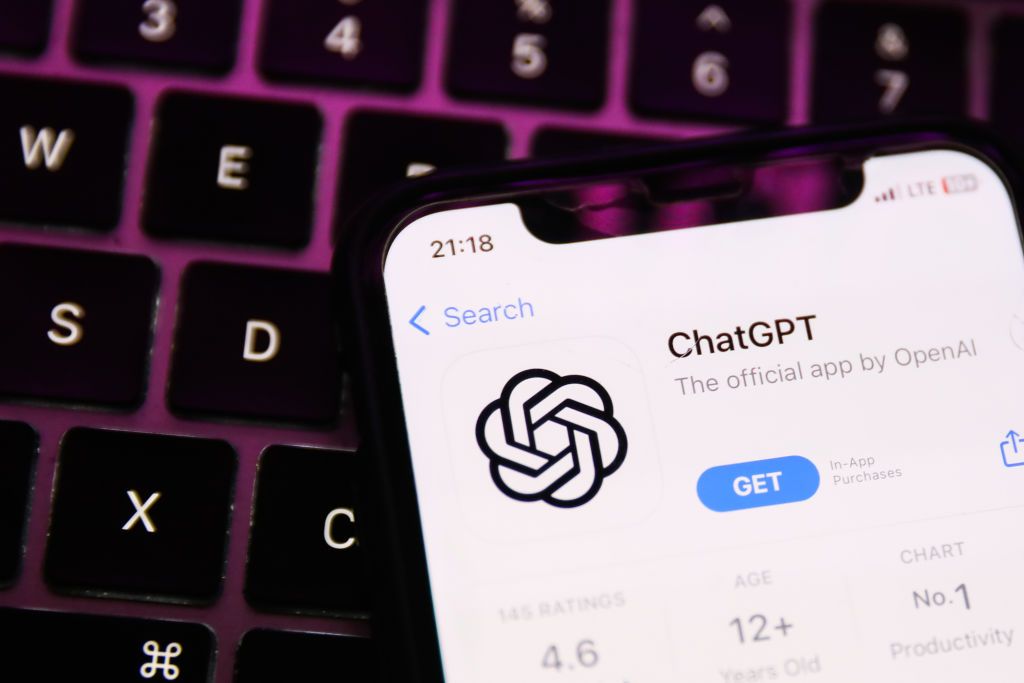A Single Poisoned Document Could Leak ‘Secret’ Data Via ChatGPT
A Single Poisoned Document Could Leak ‘Secret’ Data Via ChatGPT
In today’s digital age, data security and privacy have become paramount concerns for individuals and…

A Single Poisoned Document Could Leak ‘Secret’ Data Via ChatGPT
In today’s digital age, data security and privacy have become paramount concerns for individuals and organizations alike. However, a new threat has emerged in the form of poisoned documents that could potentially leak ‘secret’ data via popular chat platforms like ChatGPT.
These poisoned documents are designed to look harmless on the surface, but they contain hidden malware or malicious code that can exploit vulnerabilities in chat systems, allowing cybercriminals to gain access to sensitive information and confidential data.
One of the main dangers of these poisoned documents is that they can evade traditional security measures such as antivirus software and firewalls, making them difficult to detect and protect against.
Once a poisoned document is opened or shared in a chat conversation, the malware can start collecting data from the device or network, potentially leading to data breaches, identity theft, and other cybersecurity incidents.
Organizations and individuals need to be vigilant and cautious when handling documents received through chat platforms, especially if they contain unexpected or suspicious attachments.
It is essential to educate users about the risks of opening unknown documents and to implement robust security measures to protect against these types of cyber threats.
Furthermore, chat platform developers should also prioritize security features and regularly update their systems to prevent the spread of poisoned documents and malware.
By staying informed and proactive about data security risks, we can mitigate the threat posed by poisoned documents and safeguard our sensitive information from falling into the wrong hands.
Ultimately, the responsibility lies with all of us to prioritize cybersecurity and protect our digital assets from potential threats and vulnerabilities.






